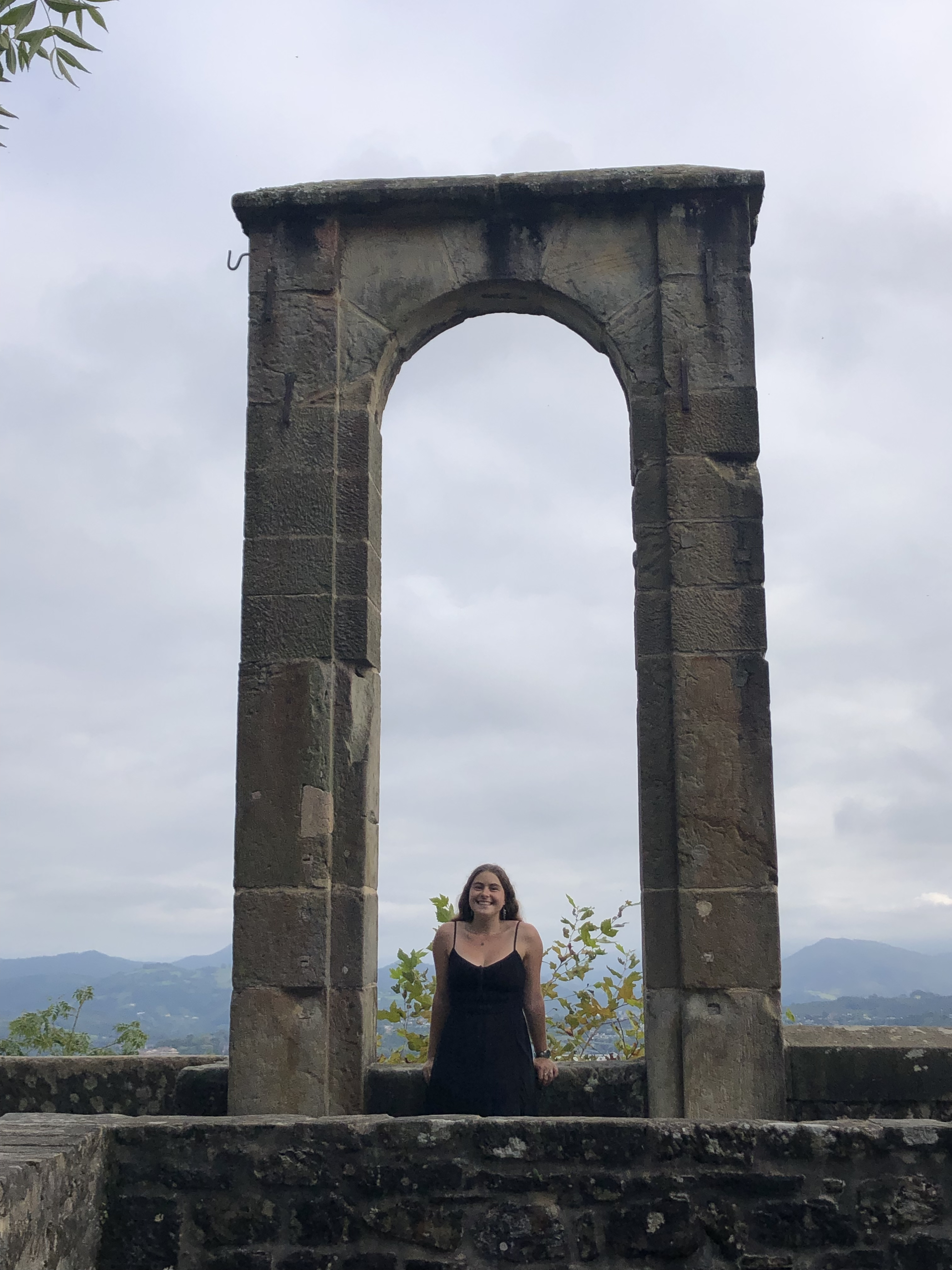Why Grinnell?
I was home-schooled before ninth grade, and public high school in California was an adjustment. My public school classes always had at least 30 students in them, so the teachers couldn’t provide as much individual attention. I missed the home-school environment where students received more personalized attention and learned for the sake of learning.
I chose Grinnell specifically for the collaborative environment. In all the information sessions I went to, Grinnell presenters emphasized a collaborative, supportive, and close-knit environment. Combined with the close relationships Grinnell fosters between students and professors and an environment that encourages learning for the sake of learning, I was able to say with confidence that Grinnell was the best fit for me.
First Year
When I first came to Grinnell, the world was just recovering from the pandemic. We had to be flexible with what life could throw at us. I said "yes" to everything I could and went to a lot of great events.
One of my favorite memories is from the spring of my first year. My friends and I chatted for hours at the local coffee shop, Saints Rest, and then moved to a classroom in the Humanities and Social Studies Center (HSSC). We studied together and chatted some more. By the end of the day, the winter snow had completely cleared!
Two takeaways from my first year:
1. It is important to surround yourself with people who care for you.
2. It is important to laugh.
There are many unexpected experiences that may test you in college. If you have support around you and laugh through difficult times, it can make your experiences more manageable and impactful.
Tennis
I knew that I wanted to continue playing tennis in college. I played tennis in high school, and playing alongside others in a sport that I enjoy was something I didn’t want to give up. Since the Grinnell tennis team had competed in the NCAA championship tournament for several years, I knew that it would be a great environment to grow in and learn from.
The team has been my extended family from the beginning. We have lunches and dinners together, travel across the United States for competitions, and support each other. We also have fun traditions, such as having team trivia, Secret Santa, a formal, game nights, karaoke nights, and more.
We also go on a variety of spring break trips together. So far, we’ve gone to Orlando, Florida; Los Angeles, California; and Hilton Head, South Carolina. On those trips, we live together, compete against other schools, and even cook for each other!
Research
In Class
In my Social Psychology class with Professor Nadia Vossoughi, two classmates and I researched how romantic relationship satisfaction may be affected by relationship content on TikTok. After surveying volunteers, we randomly assigned participants to watch either #relationshipgoals content or control video compilations, which featured mostly dance videos.
Whether participants were in a relationship or not, they completed a love life satisfaction survey after viewing the video compilations. Both surveys included seven items using a Likert scale to measure a participant’s agreement with each statement.
We then determined if romantic relationship satisfaction levels differed between participants in the experimental group versus participants in the control group.
After analyzing the data, we assessed the limitations of the study and reflected on future directions for potential research. Although we found some possible flaws in our methods that may have led to insignificant results, it was a super fun and valuable learning process.
Mentored Advanced Project (MAP)
The summer before my third year, I completed a graduate-level research project called a Mentored Advanced Project (MAP). My French professor (David Harrison), three peers, and I analyzed texts from 17th-century French literature, including Le Menteur by Pierre Corneille (1642), Le Misanthrope by Molière (1667), Le Tartuffe by Molière (1669), Phèdre by Jean Racine (1673), and Le Favori by Marie-Christine de Villedieu. We dove into the complexities of 17th-century French language with the mindset of professional translators.
We also had the opportunity to watch a live performance of an English-translated Le Menteur. We traveled to Spring Green, Wisconsin, and it was incredible to witness the choices made by a professional translator firsthand.
At the end of my MAP, I wrote a 25-page final paper — half in French, half in English — discussing translation and analysis methods from French to English. I had a lot of fun updating the language: I replaced old slang with contemporary expressions and created new metaphors.
Off to Paris, France!
My dad used to tell me stories of his time living in Paris, and I knew that I wanted that experience for myself. I took French classes in both high school and college and had a great opportunity to participate in the Hamilton in France off-campus study program.
Since it was a fully immersive program, we spoke French in all classes and on campus. My French host family openly welcomed me as a part of their family, and I practiced my conversational skills at the dinner table and participated in their outings. They were a great support system for me, and I am very grateful for them.
In my free time, I also volunteered as an English class assistant. I assisted small groups of third-grade French students and English Heritage speakers with spelling, reading, writing, and more. Working with kids who speak another language and seeing the French educational system was an amazing experience.
On top of the excursions and my time in France, I also went to Prague, Czech Republic; Hamburg, Germany; Copenhagen, Denmark; and Athens and Thessaloniki in Greece. One of my best friends from Grinnell is from Greece, and I stayed a couple more days there with her. All these trips were magical, with so much history and culture. I would love to go back and explore more of Europe



























